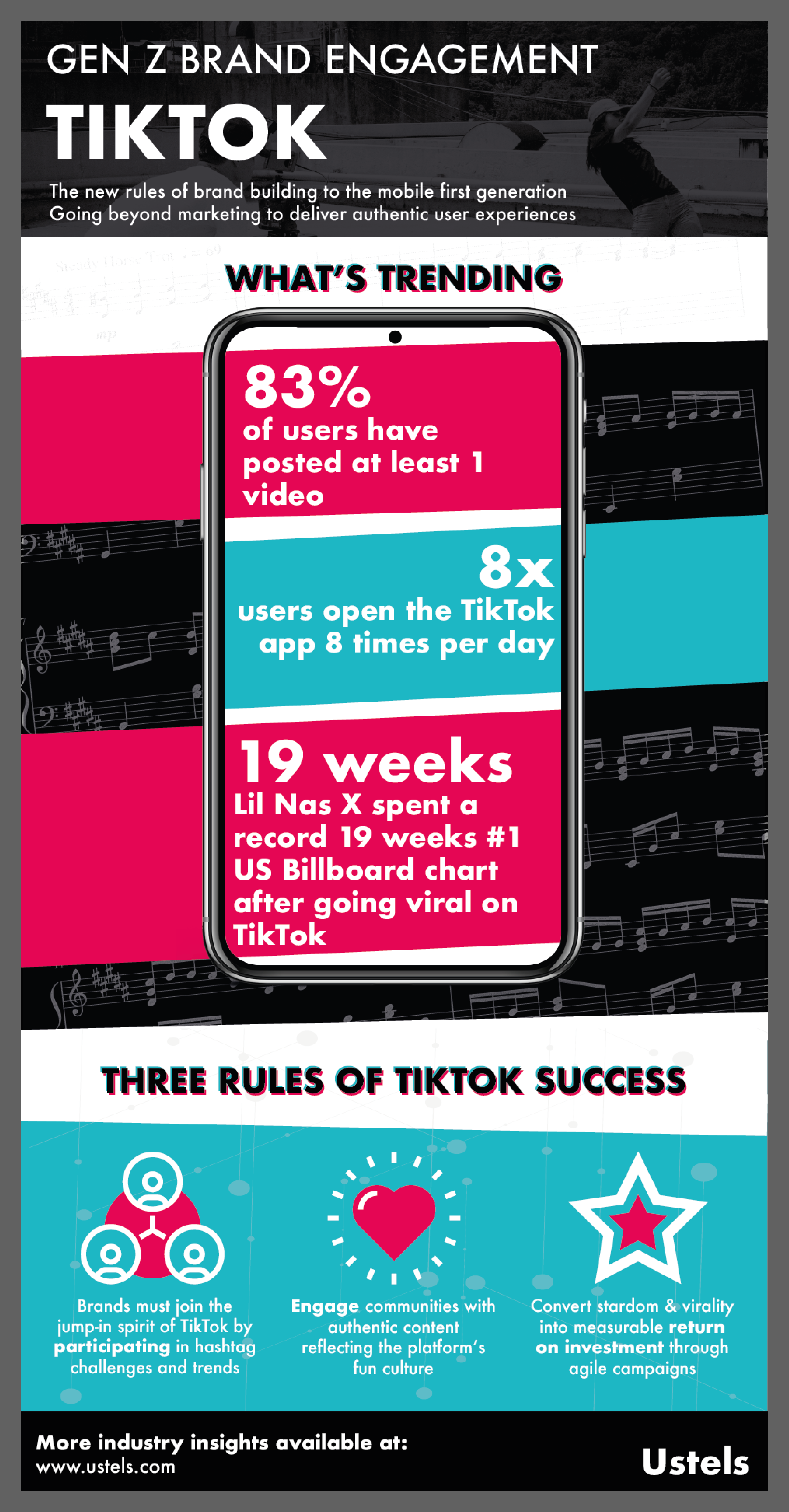
What Is TikTok?
Mobile apps are seldom included as a core area within brand protection strategies. The entire mobile environment is regrettably overlooked by rightsholders, vendors, security companies and investigators. Mobile devices remain an unexplored frontier in brand protection. Aside from brand protection issues, the mobile ecosystem is a vibrant land of opportunity. Many of the biggest new digital players are mobile-only or mobile-led i.e. TikTok, Pinduoduo, Wish etc.
China has seen a more pronounced shift towards a mobile-centric digital society. China’s tech scene was previously dominated by Baidu, Alibaba and Tencent, collectively referred to as BAT. Not only did these companies develop the most innovative products and services, but they would snap up any new tech upstart which threatened their grip. Out of the three, Baidu has struggled the most in recent years – due largely by a delayed shift towards the mobile environment. Baidu, still China’s largest search engine, failed to recognise more users were searching on mobile devices, or within app ecosystems which locked-out Baidu. Most of Baidu’s search engine revenue is generated from mobile devices, however, user culture developed before the company adapted. The digital sphere is dominated by app ecosystems and platforms from BAT 2.0 – ByteDance (parent of Douyin, TikTok and Toutiao), Alibaba and Tencent.
TikTok and Douyin are essentially the same app, both owned by parent company ByteDance. TikTok and Douyin are essentially the same app, both owned by parent company ByteDance. However, the ecosystems are kept separate and as such the culture has diverged between the two apps. TikTok is the international version of the Chinese app Douyin. Released in September 2016, Douyin fast became a viral success in China, leading to TikTok’s international release a year later outside of China. TikTok subsequently merged with popular lip-syncing app “Musical.ly”, migrating users and functionality into a single app. Users of Chinese TikTok do not see content from the international version and vice versa. Due to strict Chinese regulation of online service providers, ByteDance took the pragmatic decision to segregate the international version.
Content is discovered on TikTok and Douyin through feeds, with users being able to follow users and a general feed which pushes popular/trending content on the platform based on preferences. ByteDance understand the importance of developing viral content, heavily promoting specific content and encouraging group actions. ByteDance communicates regularly with influencers in key territories to ensure content creators are participating in platform challenges and using the trending hashtags. Popular music is also heavily promoted and used in content discovery. ByteDance has invested heavily in licensing music and integrating the catalogue into the app. Therefore, music rightsholders are generally not impacted by piracy issues and the apps create a new platform for small musicians to gain attention. Having a popular song in the sound library can quickly generate millions of video views containing the song, either in the background or users lip-syncing. Users can search for other videos using the same song which can lead to it going viral on and off platform.
-adapted from Digital Brand Protection: Investigating Brand Piracy & Intellectual Property Abuse
Read Now: ByteDance Brand & Content Management Guide




